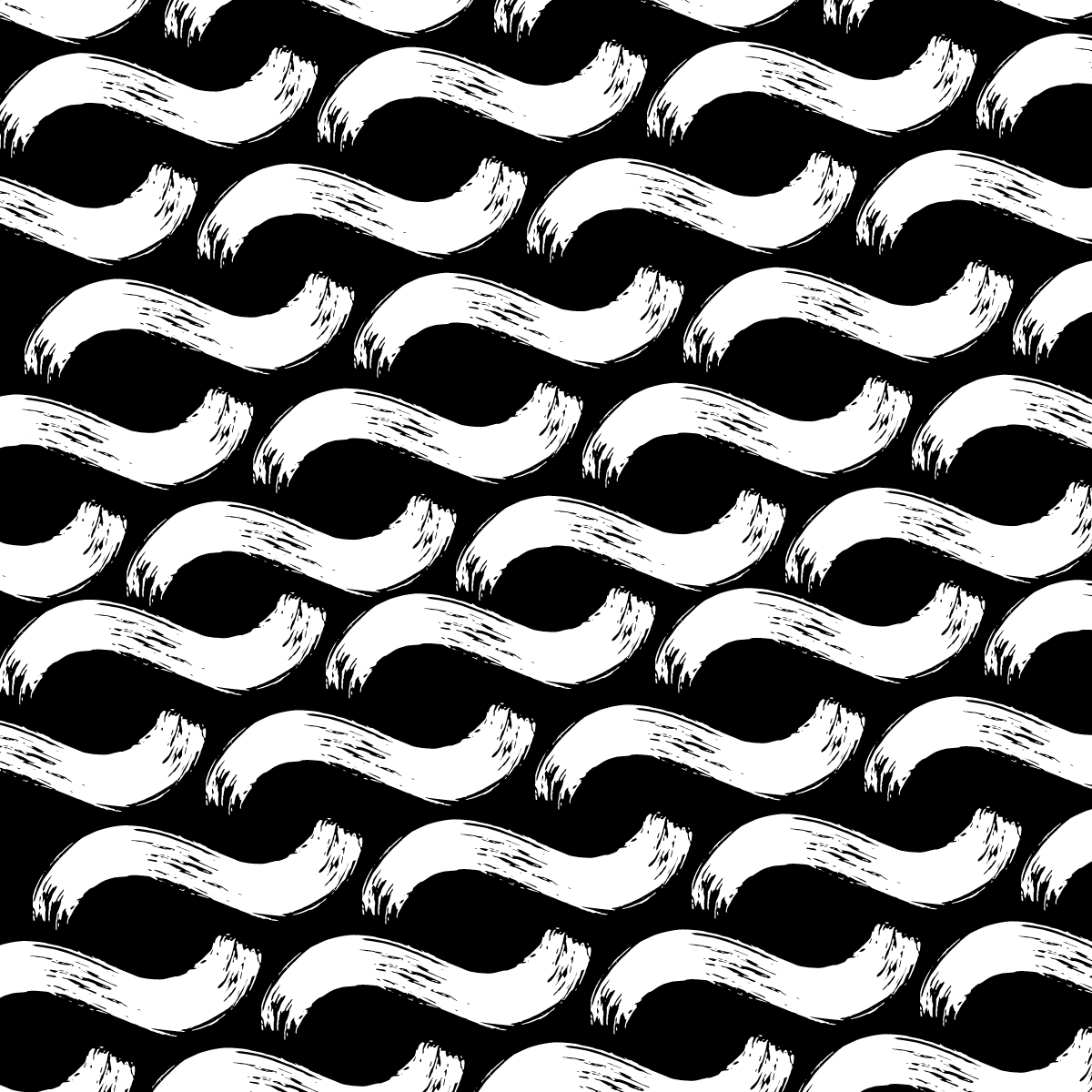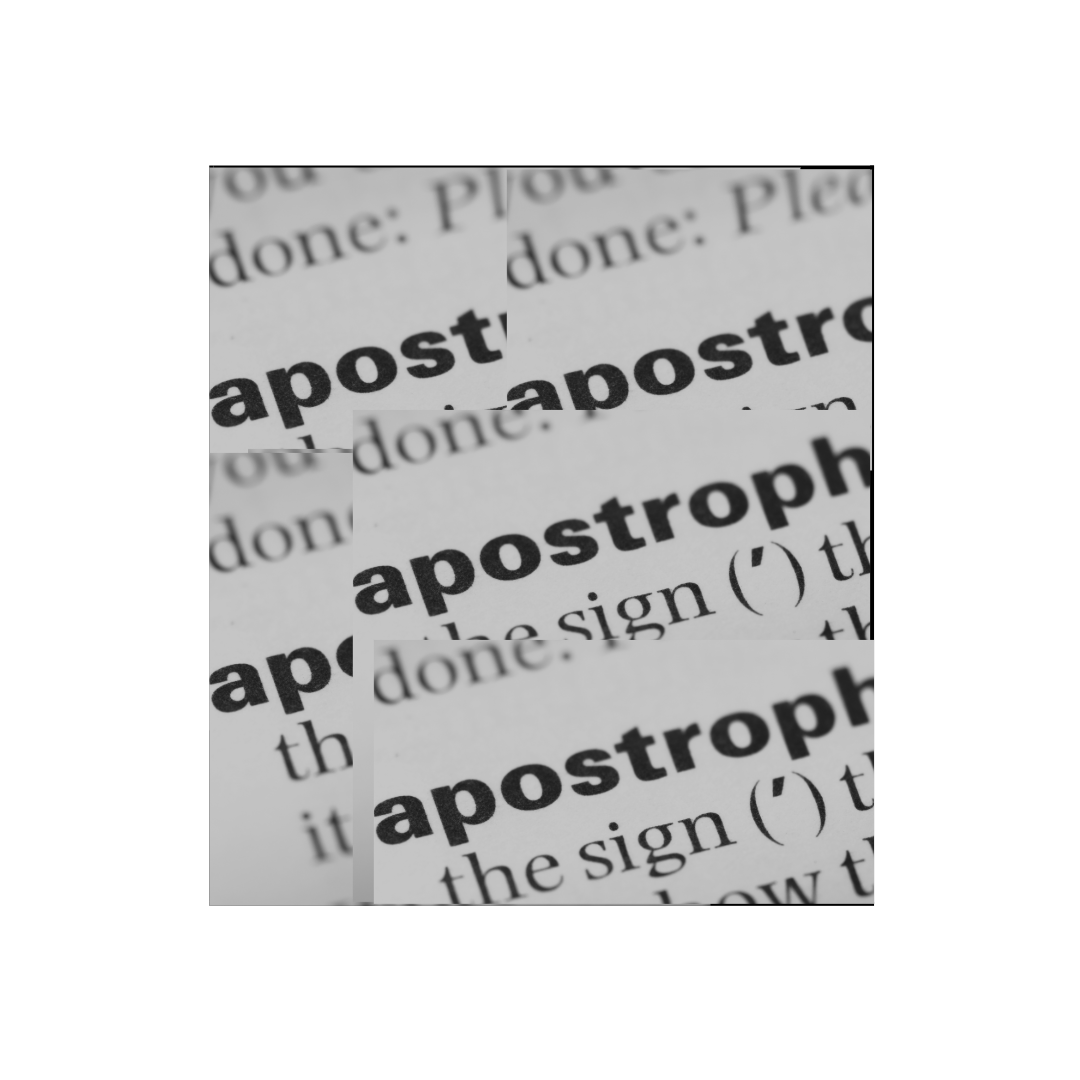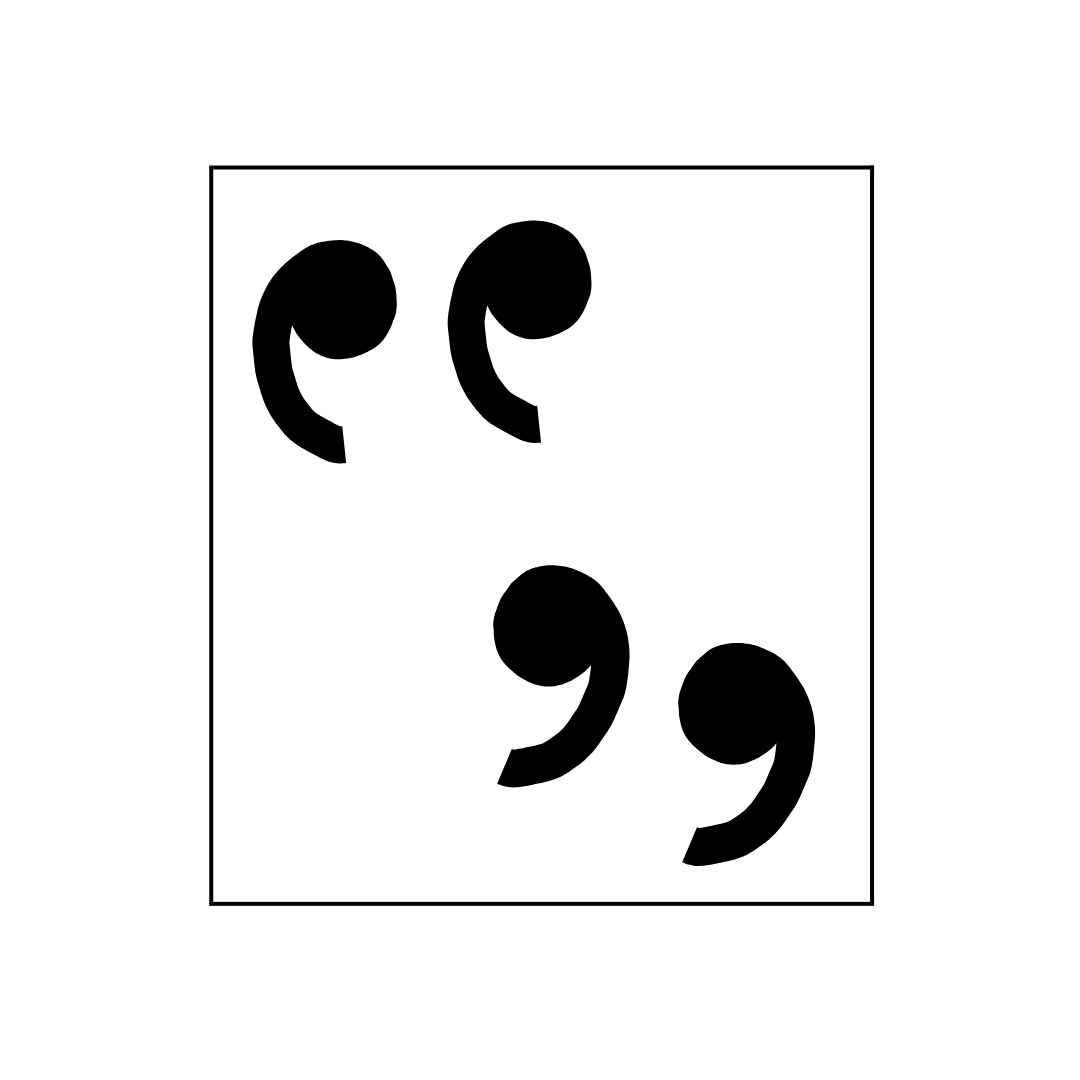Points
Points
Full
Stop
The full stop, or period, is the standard way to indicate a sentence has ended.
[scroll reveal or nutshell] I ordered a coffee at the café down the road.
The full stop may also be used in abbreviations, but only when it is a Latin word being abbreviated, or ‘n.d.’ meaning ‘no date’.
[scroll reveal or nutshell] edn: edition
e.g.: for example, from the Latin exempli gratia
i.e.: that is, from the Latin id est
Ellipsis
The ellipsis can be used at the end of a sentence to indicate that the speaker has trailed off or lost their train of thought.
[scroll reveal or nutshell]I saw a movie called …
It is also used in quotes to show where some words have been omitted at the beginning, middle or end of a sentence, or a combination of the three.
[scroll reveal or nutshell]I saw a movie … by a popular new director.
Note: in Australian publishing standards ellipses are spaced on either side except when next to another piece of punctuation such as a question mark, exclamation mark or quote mark.
Exclamation
Mark
The exclamation mark indicates the sentence has been said or written emphatically.
[scroll reveal or nutshell]Once Jack arrived we all jumped out and yelled ‘Surprise!’
Question
Mark
The question mark shows that the sentence is a question.
[scroll reveal or nutshell]What time does the meeting start?
Interrobang
The interrobang represents a question that is exclamatory.
What is that?!
Do note that the above is the traditional way of forming an interrobang (along with !?), not this: ‽. The interrobang is a controversial punctuation mark and should be used very sparingly.






